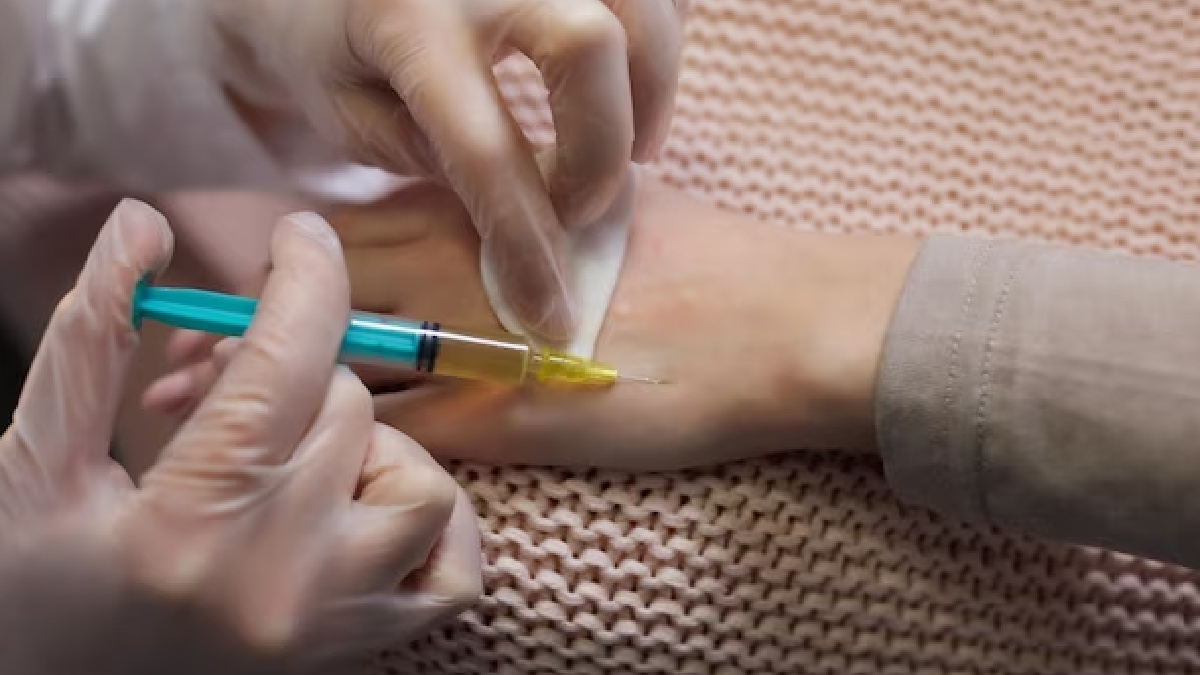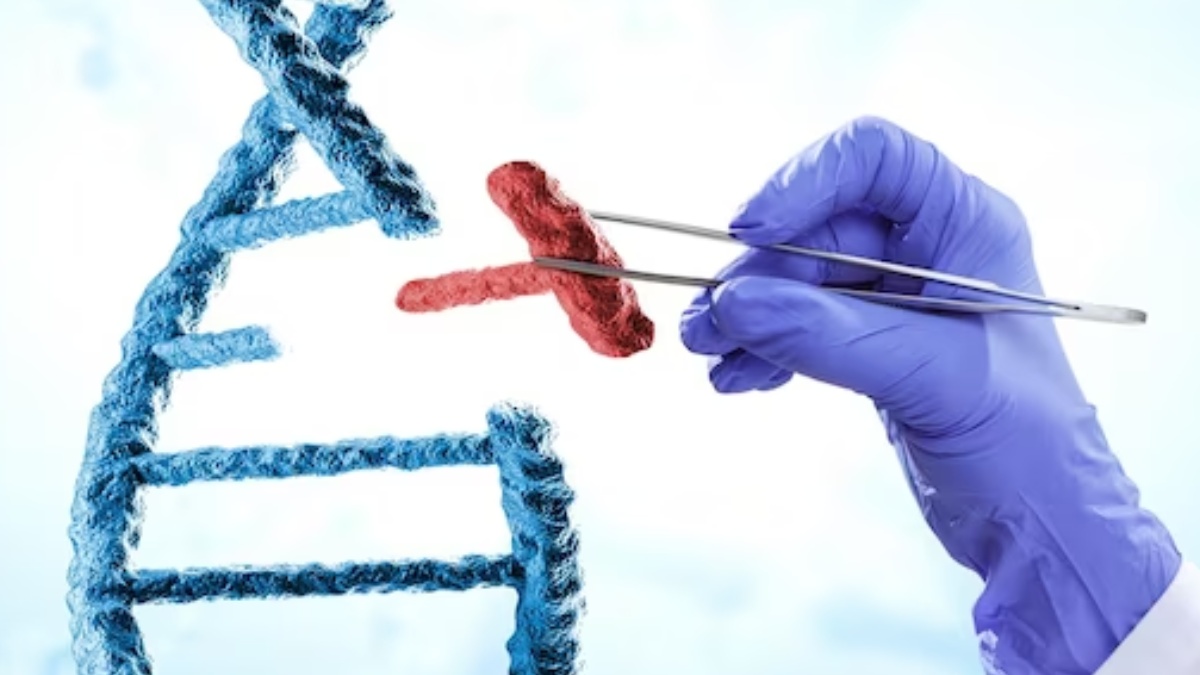
There can be various reasons for muscle weakness, however, there is a disorder that can even lead to loss of mobility. Muscular Dystrophy (MD), is a group of rare genetic disorders that affects muscle function. It often manifests in childhood and leads to progressive muscle weakness and, eventually, loss of mobility. The diagnosis of MD can be devastating for families, as it not only impacts the child's physical abilities but also their quality of life. We spoke to our expert Dr Pradeep Mahajan, Regenerative Medicine Researcher and Founder, StemRx BioScience Solutions, India, who explained this condition and its treatment options.
Table of Content:-

What Is Muscular Dystrophy
Dr Mahajan said, “MD comprises a range of genetic conditions that primarily affect the muscles responsible for movement. These conditions are characterised by the degeneration and weakening of muscle fibres, which ultimately results in muscle wasting and reduced mobility. In many cases, MD leads to significant disability, making even simple tasks a challenge for affected children.”
Traditional MD Treatments
Dr Mahajan said, “Earlier, treatment options for MD were limited, focusing mainly on symptom management and supportive care.”
He added, “Physical therapy, assistive devices, and medications have been the primary approaches to address the condition's impact on patients' lives. However, these treatments do not offer a cure and are often only marginally effective in slowing the progression of the disease.”
Also Read: Muscle Cramps After Workout? Expert Lists Effective Ways To Get Rid Of It
The Promise of Regenerative Medicine
Dr Mahajan highlighted, “Regenerative medicine has emerged as a beacon of hope for paediatric patients with MD. This innovative field harnesses the body's own natural processes to repair, replace, or regenerate damaged tissues, including muscle fibres. Several exciting developments in regenerative medicine are showing promise in the treatment of MD.”

Stem Cell Therapy
Dr Mahajan said, “Stem cell therapies hold significant potential for regenerating muscle tissue. By introducing healthy stem cells into affected muscles, researchers aim to replace damaged cells and improve muscle function. Early studies and clinical trials have demonstrated encouraging results, with some patients experiencing increased strength and mobility.”
Gene Therapy
Some forms of MD are caused by specific genetic mutations. According to the Muscular Dystrophy Association, gene replacement therapy involves the direct delivery of a functional gene to the patient's tissue, effectively replacing the defective gene. Dr Mahajan added, “Gene therapy techniques involve correcting or replacing faulty genes to address the root cause of the disease. While still in the experimental stages, gene therapies have shown promise in preclinical studies and offer a potential path to a cure for certain MD subtypes.”

Exon Skipping
Dr Mahajan said, “Exon skipping is a technique that aims to modify the genetic code to bypass faulty sections, allowing the production of functional proteins. This approach is particularly relevant for Duchenne Muscular Dystrophy, one of the most common and severe forms of MD." He added, "Clinical trials involving exon-skipping therapies have shown encouraging outcomes, offering renewed hope for affected children.”
Also Read: Know About Different Types And Levels Of Cerebral Palsy Brain Disorder
Challenges and Future Directions
While the potential of regenerative medicine in treating MD is undeniable, there are challenges to overcome. Dr Mahajan added, “These include refining treatment techniques, ensuring their long-term safety, and making these therapies more widely accessible to all patients who could benefit from them. Collaborative efforts among researchers, clinicians, and pharmaceutical companies are essential to bridge these gaps and ensure that cutting-edge treatments become accessible to all patients in need.”
Bottomline
Dr Mahajan concluded, "The treatment of MD in paediatric patients has seen remarkable progress in recent years, thanks to the advent of recent advancements in regenerative medicine that have opened up new avenues for treatment, offering hope to paediatric patients and their families. While these therapies are not yet widely available, the potential for significant improvements in the quality of life for MD patients is on the horizon."
[Disclaimer: The information in this article is shared by a registered healthcare professional and is for informational purposes only. Hence, we advise you to consult your expert if you notice any complications.]
Also watch this video
Read Next
The Dark Side of Night Owls: Sleeping Late Can Put You At Risk Of Early Death And Chronic Diseases
How we keep this article up to date:
We work with experts and keep a close eye on the latest in health and wellness. Whenever there is a new research or helpful information, we update our articles with accurate and useful advice.
Current Version